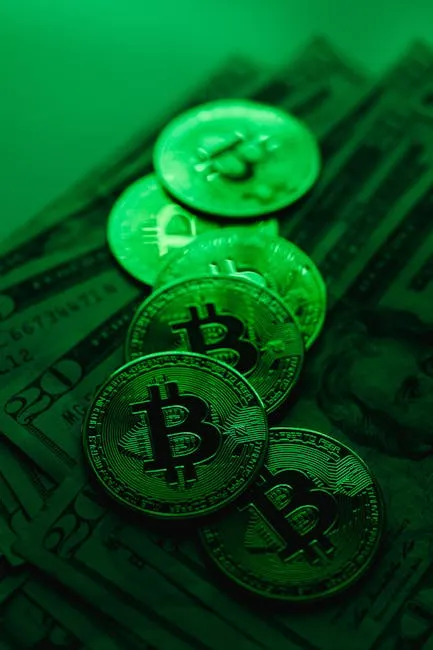
Understanding the SEC’s Stance on Cryptocurrencies
In a recent statement, SEC Chair Paul Atkins has stirred discussions in the cryptocurrency world by asserting that “very few cryptocurrencies are securities.” This declaration comes amidst ongoing debates about the regulatory landscape governing digital assets and their classification under U.S. law.
The Significance of Atkins’ Statement
Atkins’ remarks highlight a critical issue for investors and industry stakeholders: the distinction between cryptocurrencies and securities. The classification has significant implications for how these assets are regulated, taxed, and traded. In essence, securities are subject to stricter regulations, while cryptocurrencies could have more lenient oversight depending on their classification.
What Defines a Security?
In the financial world, a security is typically defined as a tradable financial asset, which can be a stock, bond, or any financial instrument that holds value. The SEC uses the Howey Test to determine whether an asset qualifies as a security. This test evaluates whether an investment involves:
- Investment of money
- In a common enterprise
- With the expectation of profits
- To be derived from the efforts of others
According to Atkins, many cryptocurrencies do not meet these criteria, suggesting that they operate more as commodities than as securities. This distinction could pave the way for a more favorable regulatory environment for the cryptocurrency market.
The Implications for the Cryptocurrency Market
If Atkins’ perspective gains traction, it could signal a shift in how cryptocurrencies are treated under U.S. law. For many in the industry, this is an encouraging development. A clearer regulatory framework would likely lead to increased investment and innovation in the cryptocurrency space, as companies would have a better understanding of their obligations.
Regulatory Challenges Ahead
Despite the optimism surrounding Atkins’ comments, regulatory challenges remain. The SEC has been actively pursuing enforcement actions against certain cryptocurrency projects, citing violations related to securities laws. This has raised concerns among investors about the potential for regulatory overreach and the impact it may have on the broader market.
Conclusion
Paul Atkins’ assertion that very few cryptocurrencies are securities is a pivotal statement that could reshape the regulatory landscape for digital assets. As the SEC continues to refine its approach, industry participants must stay informed and engage in discussions about the future of cryptocurrency regulation. The balance between investor protection and innovation will be crucial in determining how this dynamic market evolves.
As we move forward, it will be essential for both regulators and the cryptocurrency community to foster an environment that encourages growth while ensuring compliance with necessary legal frameworks.



